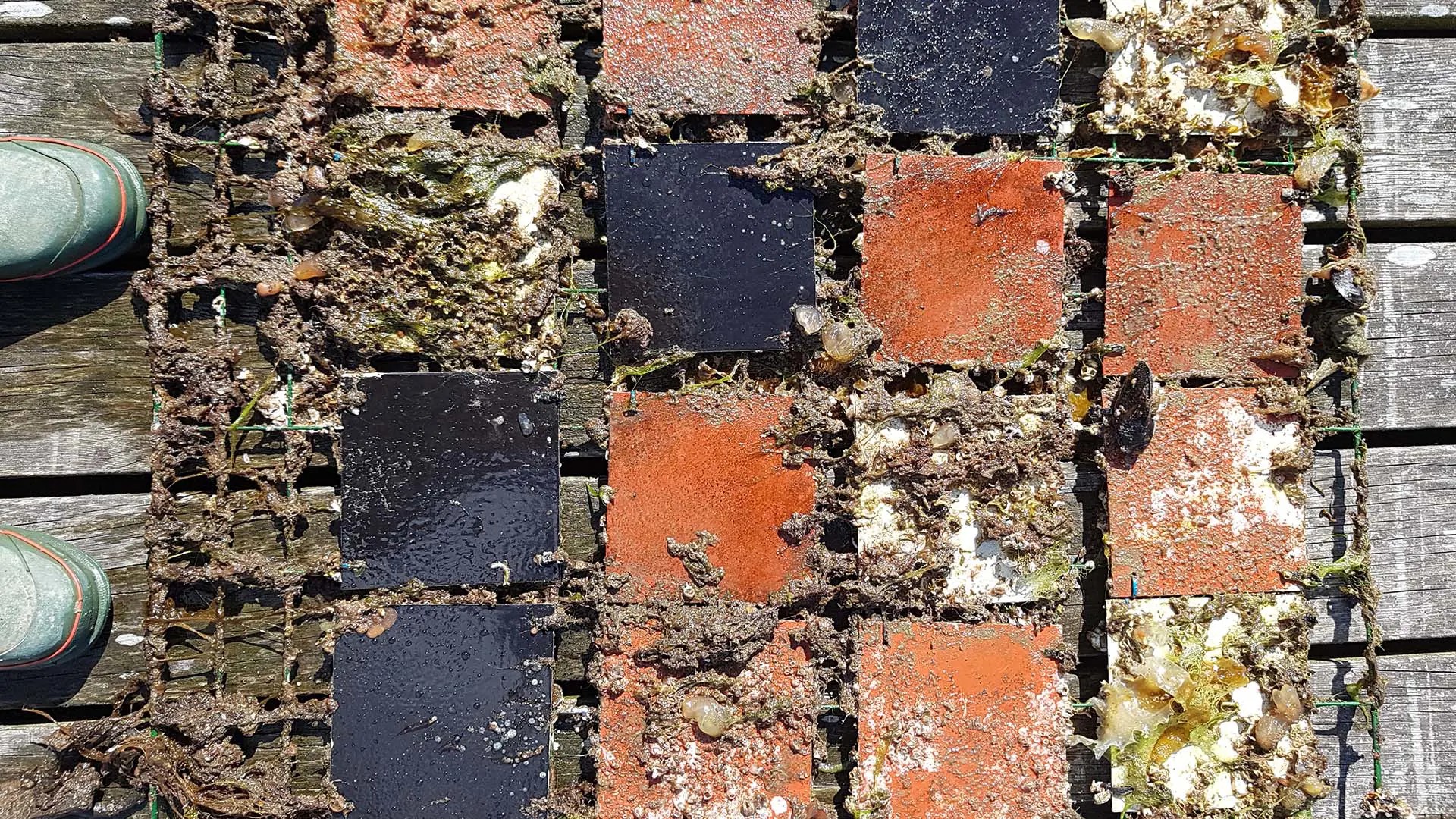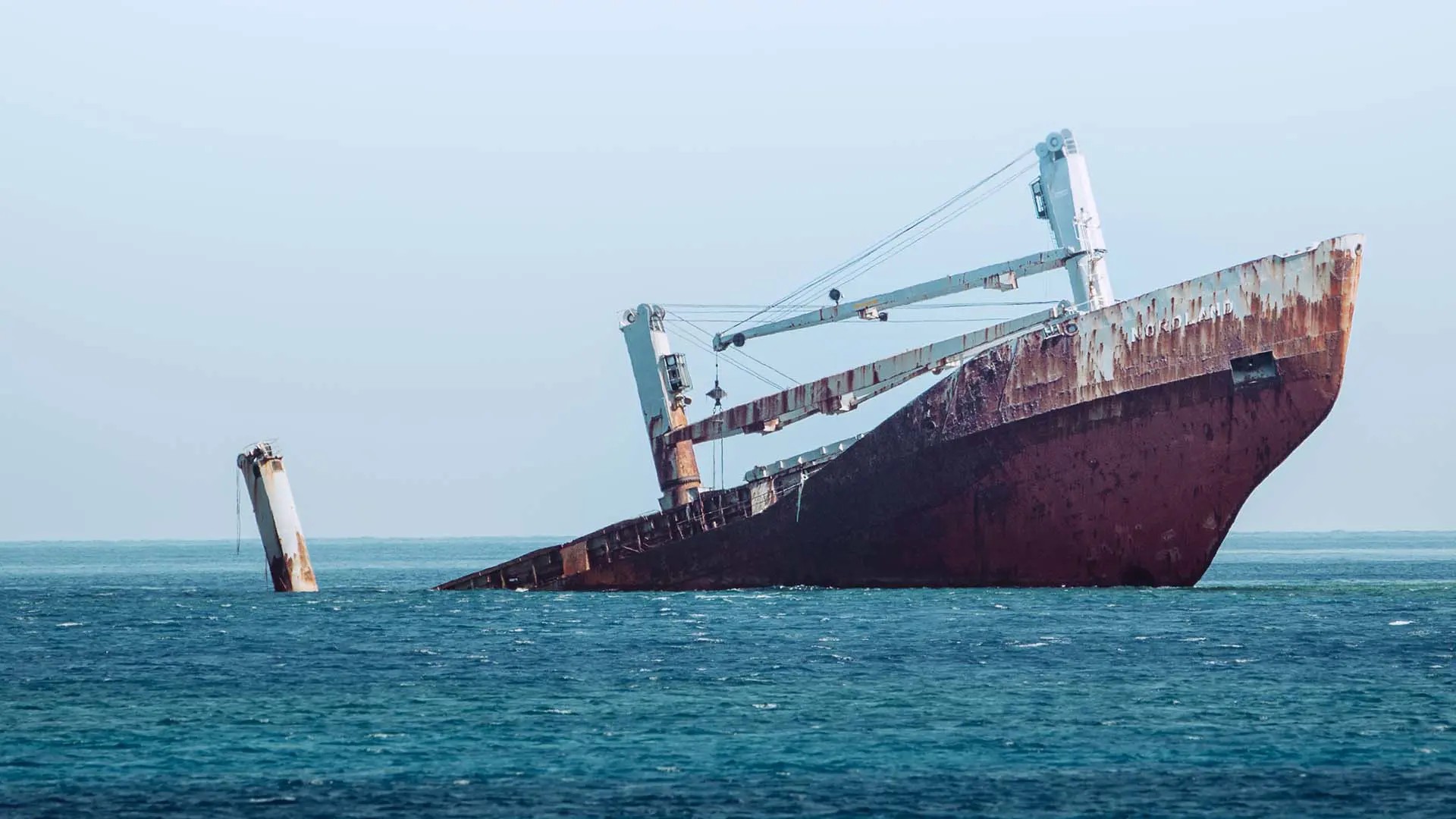




Maritime Environmental Sciences works with different aspects of environmental impact from shipping. The result from this research often servs as decision support for maritime stakeholders. The research is interdisciplinary within areas such as future marine fuels, energy efficiency, emissions to air and water focusing on impact assessment and abatement of emissions from marine scrubbers, antifouling systems and oil spill from shipwrecks.
Energy and environmental system analysis
The research evaluates the role of different energy carriers in the energy system based on energy system modeling and environmental system analysis. While focus lies on the transport sector, other parts of the energy system are also included with an emphasis on how these affect the conditions for various future energy carriers in the transport sector.
Overall assessment of shipping's environmental impact
Shipping gives rise to a number of different types of environmental impacts such as emissions to air and water from various on-board systems, exhaust gases from combustion engines, toxic substances from anti-fouling paints, and grey, black (sewage), ballast cooling, bilge and scrubber water, tank cleaning residues , propeller sleeve oil and solid waste such as food scraps. In addition to emissions, shipping also causes various types of energy pollution, such as underwater noise from engines and propellers, sonar, artificial light, and turbulent energy in the wake. Other types of direct and indirect environmental impacts linked to shipping include erosion from surge waves, physical disturbance of the seabed at anchorage, dredging and dumping of dredged masses from harbors and waterways, and the spread of alien species. In order to evaluate shipping's environmental impact, all types of impact from all ships operating in an area need to be included in the assessment.
Fouling and antifouling research
Fouling is a big problem for many maritime sectors including the shipping and recreational boating sector. Researchers at the Department of Mechanics and Maritime Sciences are working on fouling and antifouling strategies.
Environmental impact of scrubber technology
A scrubber is used on board ships to clean the exhaust gases from mainly acidifying sulfur oxides. Since 2007, researchers at the Department of Mechanics and Maritime Sciences have worked in a series of projects to evaluate scrubber technology from a holistic perspective.
Environmentally hazardous wrecks and dumping areas
Environmentally hazardous wrecks are a problem both in Sweden and in the rest of the world. The wreck research group consists of researchers with cutting-edge expertise in risk management, marine biogeochemistry, ecotoxicology and maritime environmental science. The work includes both risk assessment of environmentally hazardous wrecks as well as dumping areas for chemical warfare agents.
Research from Maritime Environmental Sciences in media

Eco-friendly paint most effective against fouling on ships and boats
Emissions from copper-based antifouling paints are a well-known environmental problem. As much as 40 percent of copper inputs to the Baltic Sea come from antifouling paints on ships and leisure boats. According to a new study from Chalmers University of Technology, Sweden, this is completely unnecessary. When the researchers compared copper-based antifouling paint with biocide-free silicone-based paint, they found that the environmentally friendly alternative was best at keeping the fouling at bay.

Research reveals large emissions from ship scrubbers
The Baltic Sea is considered one of the world's most polluted seas. Now, new research from Chalmers University of Technology reveals a relatively unknown environmental culprit. The study shows that the discharge water from ships’ exhaust gas treatment systems, so-called scrubbers, is responsible for up to nine percent of certain emissions of carcinogenic and environmentally harmful substances in the Baltic Sea, which is considerably more than was previously known. Furthermore, the number of ships equipped with scrubbers have tripled since the study was carried out.
